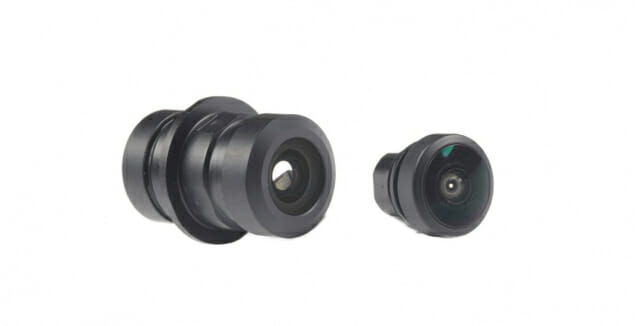Samsung will mass produce an “all-weather (weatherproof) electronic camera module” by the end of this year that can operate stably in all seasons, even in adverse weather conditions such as snow, frost and fog. And of course this technology only concerns smartphones very moderately. It is autonomous vehicles that will first benefit from this technology.
“The all-weather camera module market is expected to grow from four to five camera modules to 20 modules per vehicle as autonomous driving technology advances,” said Hyung-chan Kwak, vice president of Samsung. “We have developed a camera module that can be used in all weather conditions, even in adverse weather conditions, and we can provide it to customers whenever they want,” he said, adding that Samsung plans to mass produce it within a year.
The all-weather camera module developed by Samsung features water-repellent coating technology and a heating function that is “the best on the market” according to the company.
Work on heating and water repellent
Two technologies which, for example, make it possible to quickly eliminate water droplets on automobile cameras, the presence of which can reduce driving stability and disrupt lane changes or even motion detection. Maximizing the water-repellent angle minimizes the area where water drops come into contact with the lens, allowing them to fly away easily.
Heating technology helps combat fog and frost, which can also disrupt the proper functioning of autonomous vehicle cameras. The heated camera technology developed by Samsung maintains a constant temperature, melting snow and frost in less than a minute. During the demonstration, Samsung sprayed snow on the camera, and showed that it took around 28 seconds for the frost to disappear.
“Lens heaters have been developed in the industry for four or five years, but they don’t heat the lens, they cover it with a cover,” Mr. Kwak said. Our technology, on the other hand, heats the lens, providing better performance and minimizing battery loss. Lens heating technologies used so far in the industry take between 10 and 18 minutes to melt the frost, while our technology melts it in less than a minute,” he added.

“Hybrid lens” with the advantages of glass and plastic
In addition, Samsung Electronics announces that it has developed the world’s first camera module with iris for automobiles, the iris being the video equivalent of the diaphragm for photo lenses. The idea here is to open and close the aperture without error in the amount of light received by the camera. Most apertures in mobile camera modules operate at room temperature, but for self-driving car applications, they must be developed to operate in environments that can range from -40 degrees Celsius to +50 degrees Celsius.
Still with this in mind, Samsung has also developed a “hybrid lens” that combines the advantages of glass and plastic for the front and rear cameras of vehicles.

Samsung wants to benefit from the growth of the autonomous vehicle market to go from around 10% of market share in 2023 in the camera segment to 24% in 2025. Above all, Samsung plans to extend its camera module business to mobility and to robotics. “Robotic dogs, humanoid robots will one day need eyes, and cameras will be needed in areas where sensing is needed,” Kwang said.
Source: “ZDNet Korea”
